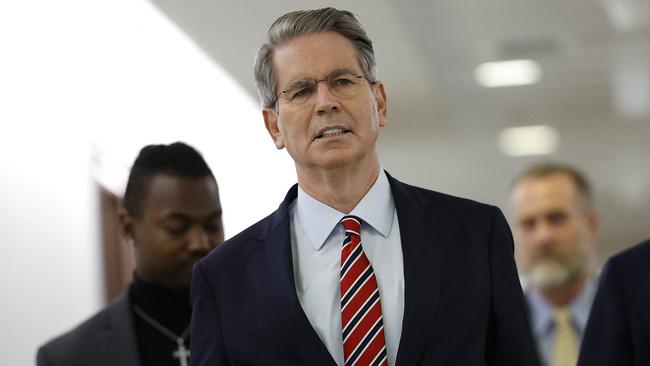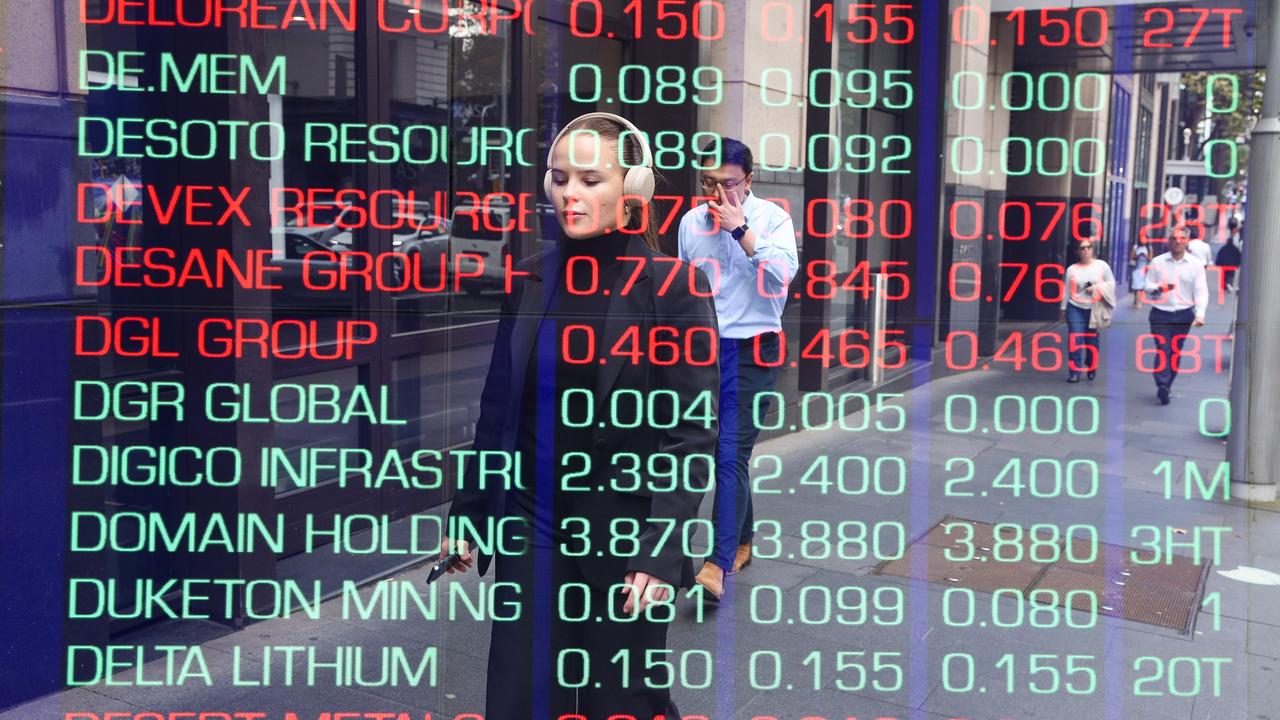Investing amid volatility during Donald Trump’s second term

The re-election of Trump has reignited volatility across global markets. While Trump’s first term was marked by relatively low financial market volatility, this time around the situation is different. A key distinction between previous rate-cutting cycles and today’s scenario is the trajectory of US 10-year Treasury yields. In contrast to historical trends, the current yield curve remains stubbornly elevated, reflecting fiscal sustainability concerns and a shifting monetary policy landscape.
The US debt clock underscores America’s financial reality, with the national debt exceeding $US36.44 trillion ($57 trillion) and the deficit surpassing $US2 trillion. Adding to the uncertainty, speculation has emerged around the possibility of a gold revaluation to shore up fiscal stability. Some analysts suggest that revaluing US gold reserves from their outdated accounting price of $US42 per ounce to current market values closer to $US2800 per ounce could inject significant gain for the Treasury, potentially reducing the need for aggressive bond issuance. Such a move, while unconventional, would mark a historic shift in how the US government manages its balance sheet.
The debt-to-GDP ratio has climbed to 122.95 per cent, putting pressure on policymakers to control spending while sustaining economic growth. Treasury Secretary Scott Bessent has proposed a bold fiscal approach, focusing on reducing long-term yields rather than urging immediate Federal Reserve rate cuts. His 3-3-3 plan for cutting the deficit to 3 per cent of GDP, targeting 3 per cent real GDP growth, and boosting US oil production by 3 million barrels per day by 2028 … is ambitious. The introduction of the D.O.G.E. Clock, which tracks government spending reductions, highlights the administration’s commitment to fiscal responsibility.

However, the extent of these spending cuts raises questions about their long-term impact on growth, particularly in industries reliant on federal funding. Trump’s trade policies have resurfaced as a defining element of his economic strategy, with tariffs once again playing a crucial role. His recent Truth Social post suggests renewed efforts to apply pressure on trading partners, particularly China, Mexico and Canada. While tariffs are generally linked to inflation, historical data from 2017-18 indicate they contributed to slower growth, lower yields and eventual Federal Reserve rate cuts in 2019. The effectiveness of these policies remains uncertain, as businesses and consumers adjust to evolving trade dynamics.
Market positioning suggests scepticism over Trump’s ability to mitigate the economic consequences of renewed trade disputes. The USD Index movement after the election mirrors its 2016 pattern, with initial strength followed by a notable decline as uncertainty mounts. Should trade relations deteriorate further, global supply chains may be disrupted, leading to price hikes and added inflationary pressures in essential industries.
While inflation has moderated from its peak, concerns persist. Recent data rotations have pushed US CPI from 2.4 per cent to 3.0 per cent, though these are expected to fade by the end of March as base effects roll out. The Treasury yield chart suggests a narrow trading range of 3.7 to 4.7 per cent, reflecting uncertainty over Federal Reserve policy moves. A key issue remains US mortgage market exceptionalism, with 30-year fixed mortgages still locked at 3 per cent. American consumers are shielded from rate hikes, unlike their counterparts in Australia, Canada and Britain, who have experienced sharp increases in borrowing costs. Despite persistent volatility, market dynamics continue to offer opportunities for those positioned strategically. The shifting fiscal and trade environment will play a defining role in shaping medium-term themes, which can quickly turn into short-term realities. As global monetary conditions adjust, investors must remain vigilant, with key areas of focus including long-duration bonds, currency movements such as Australian dollar versus euro, and selective commodity plays. With uncertainty at the forefront, flexibility and risk management will be essential as markets navigate the unpredictable road ahead.
With the first rate cut already in place and more expected to follow, the RBA has begun its rate-cutting cycle. The destination rate (terminal rate) will largely depend on US Federal Reserve policy, which in turn will be influenced by US trade and tariff decisions.
Charlie Jamieson is chief investment officer at Jamieson Coote Bonds.






As we step further into 2025, financial markets are grappling with a rapidly evolving landscape. The return of Donald Trump, significant shifts in US fiscal policy and global monetary realignments have intensified volatility, raising fundamental questions about economic growth, inflation and investment strategies.